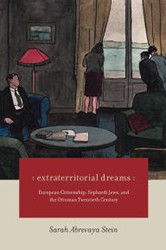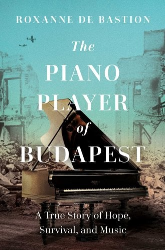Inspired by the work of the late historian John Klier, who helped reframe how scholars now understand anti-Jewish violence in late Imperial Russia and the early Soviet Union, the articles in this book are a product of an international academic conference he helped organize in Stockholm in May 2005. Klier inspired many scholars to question the prevailing assumptions about the connection between the Russian regime and pogroms, thereby challenging the dominant national narratives of Eastern European Jewish culture and memory on the issue of Russian anti-Jewish violence.
The editors and authors, coming from Europe, the United States, and Israel, offer analysis based on newly available primary sources that provide context and nuance to the conventional wisdom regarding Russian governmental responsibility and complicity. It turns out that although the pogrom became a central part of the Russian discourse of violence, easily remembered and easily invoked, the research also suggests that local, national, and transnational conditions and responses often determined how deadly and how likely they were to occur. There are valuable contributions in the book that underscore the need to explore “regional” variations in Poland, Ukraine, Belorussia, Lithuania, Crimea, and Siberia. There is also new research on who the pogromshchiki were, who supported and encouraged them and for what purpose, and their overall impact on society generally and the Jewish community specifically. There are particularly important chapters by Vladimir Levin on preventing pogroms, Natan M. Meir on the impact of pogroms on everyday Jewish life and self-understanding, and Claire Le Foll on the missing pogroms of Belorussia in 1881 – 2, shedding light on the motives for the absence of violence in some regions while they raged in others. This volume significantly advances the scholarship on the roots and nature of pogroms in Russia and will be of interest to those who want to learn more about Eastern European Jewish life.




